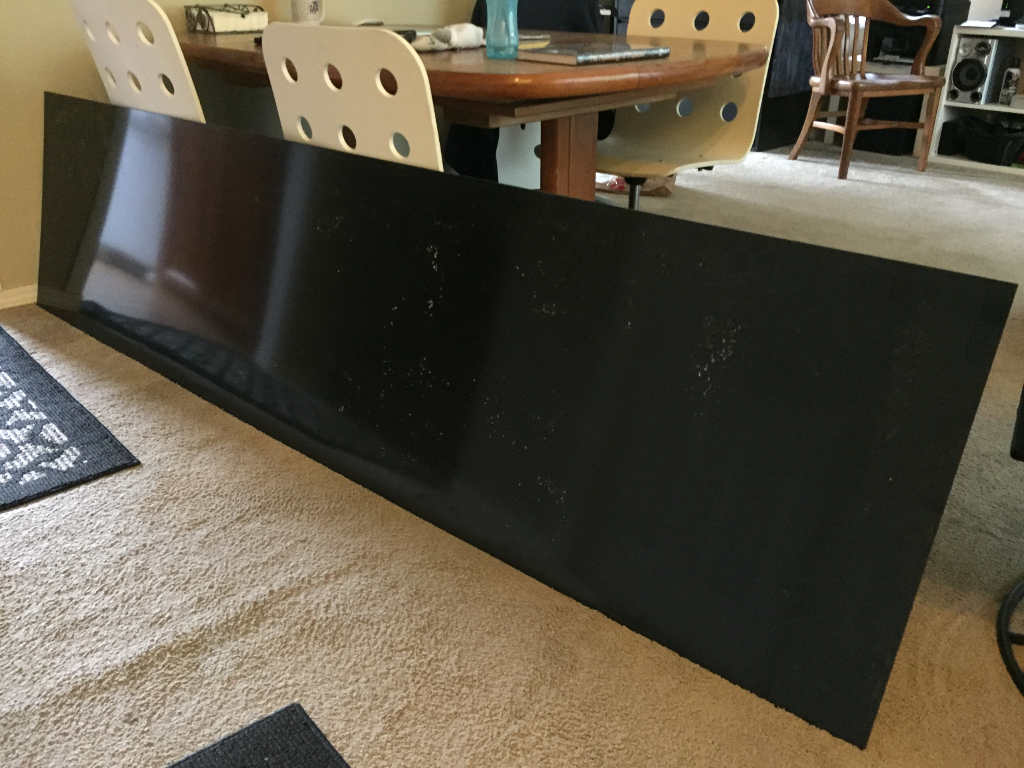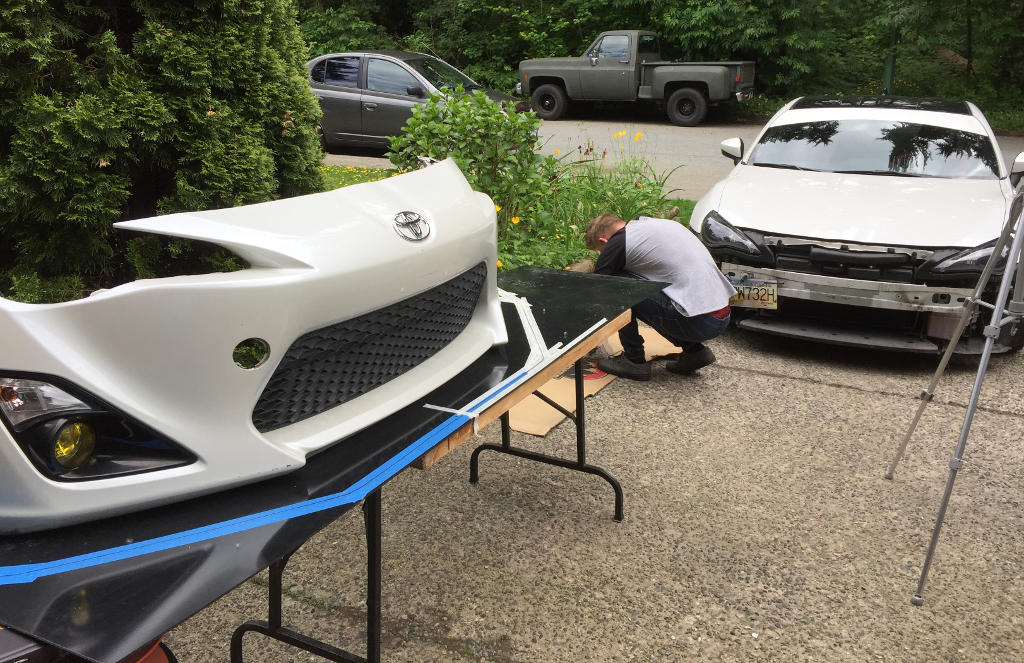If Genius Hour and 20% Time, Passion projects, and other similar project-based engagement activities are so helpful in promoting learning why don’t we spend more time on these activities and not limit them to an hour a week or 20% of our learner’s precious time? Why don’t we flip Genius hour and 20% time with the time we spend on test preparation. Perhaps if we move our learners away from the time-wasters of rereading and highlighting and get them engaged in the effective study skills of self-testing, distributed practice, elaborate interrogation, self-explanation, and interleaved practice we could flip the time we spend on test prep to 20% and spend 80 of our learner’s time engaged in Genius Hour type activities. The research is clear and the Scientific America article on study skills What Works, What Doesn’t – https://www.researchgate.net/publication/273626957_What_Works_What_Doesn’t confirms what study skill yields the best results and also points to a large body of research on this topic.
While flipping Genius Hour and improving our learner’s study skills may be a great first step it isn’t enough. Trying to apply a simple solution like flipping Genius Hour to the more complex problem of deeper learning within our current educational system will not work unless we address all the other key factors of this complex problem. We need to help change our educator’s and learner’s thinking about learning, their approach to learning, and we need to change the learning environment. I am not alone in calling into question the use of Genius Hour and 20% Time as a treatment without addressing all the other factors.
In a recent post The Research Behind PBL, Genius Hour, and Choice In The Classroom – https://www.ajjuliani.com/blog/research/ A.J. Juliani argues for the benefits of project-based activities that promote choice and give learner’s the opportunity to engage in learning activities that are important to them. Juliani is an advocate of these useful learning activities and in his post, he points to some research and larger body anecdotal or experiential support for these types of activities. He also deals with some of the objections to challenges to these activities and points to Ewan McIntosh’s 2013 post 20% Time and Schools: not the best of bedfellows – https://edu.blogs.com/edublogs/2013/08/20-time-and-schools-not-the-best-of-bedfellows.html where McIntosh points to the problem with our system of education that limits the effectiveness of these types activities in this statement:
The problem is, that students given this open stretch of time often don’t know what to do, or beyond their initial couple of passions they run out of steam. Their end-products are largely under par of their capacity. Sure, there are moments of genius, just as in Google, 3M or any other corporation that introduces 20% time. But, just like them, they are by a small proportion of students, with the vast majority of ideas failing to hit the mark.
McIntosh is pointing out that many, perhaps even most, of our learners are not prepared for this type of deeper learning. He suggests that that experimenting with these individual activities is a start it would be better to include more student autonomy in everything one does. This is not the first time we have heard an educator point to the sobering reality that too many of our students are not prepared to learn. In his book Failure to Disrupt: Why Technology Alone Can’t Transform Education Justin Reich points out that pandemic inspired move to online learning hasn’t worked well because most students are not able to learn online because they are not self-directed and are not able to learn independently. Reich does a good job pointing out the complex problem but doesn’t offer a solution. Fortunately, in the post We Need More Autodidacts we offer a solution to this complex problem.
As you should have heard in the Learner’s Mindset Discussion video above we agree with McIntosh about student autonomy, but once again we go a fair bit further and address all the aspects of this complex problem. Incorporating more student autonomy is a good start and so is Genius Hour. But if these activities are used as treatments or stand-alone activities we argue that they won’t work because the problem that we need to address is much more complex and requires a much broader focus. Unless we adopt a Learners Mindset where you change your thinking and your learner’s thinking about learning, change the approach to learning, and create a significant learning environment in which you give your learner’s choice ownership, and voice through authentic learning opportunities you run the risk of running an interesting learning activity that will have minimal long term impact.
Related posts:
How to Avoid EdTech Quickfix Traps
How to Change the World One Learner at a Time
Computers in Schools – Not Working…Yet
Why do so many prefer passive learning?



































